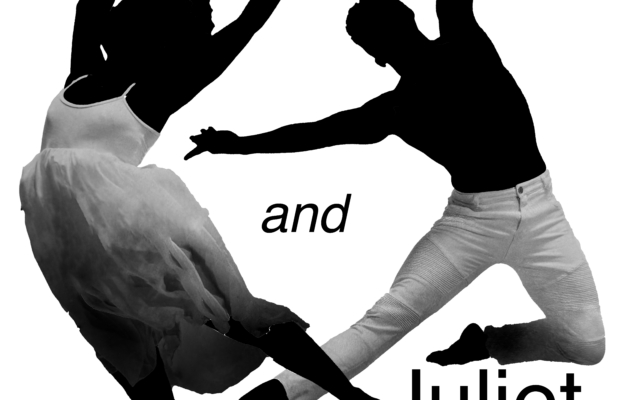Matthew Bourne’s ‘Romeo and Juliet’ is hauntingly beautiful

First premiering in 2019, the touring company of Matthew Bourne’s modern ballet, “Romeo and Juliet,” came to the Ahmanson Theater on Jan. 28, and ran until Feb. 25. Bourne’s vision is certainly unconventional, but his masterful choreography undeniably justifies his adaptation.
The curtains open to a two tiered, simplistic set; white walls, sliding barred doors, and giant jail-like gates engulfing the stage. On the top of the gate is written, “VERONA INSTITUTE.” Right away, the setting of an oppressive psych ward is understood. The ensemble, who portray the patients, then flood out as the recognizable score, “Dance of the Knights,” begins. The movement is modern, twitchy, and vulgar.
One of my favorite moments from the entire show was right at the start. The boys and girls separate, collect in semi-circles, and display through dance their individual diagnoses, or lack of one. It could not have been more than 45 seconds, but I could easily interpret every sequence and emotion. Every angsty move is still inseparable from the music, and this brilliance remains throughout the entire ballet.
Aside from being psych ward patients, there were many changes to the portrayal of each character as well. Mercutio and Benvolio are passionately gay for each other, and reading the original play of “Romeo and Juliet”, it’s hard now to see it any other way. Friar Lawrence was genderbent into an older, yet chipper, resident therapist, and was a great comedic relief to the tragedy. I would argue the most drastic change was for the antagonist, Tibalt. He was not her cousin, but instead an overpowered security guard who continuously took advantage of her. Though many of their dance sequences together made the audience somewhat uncomfortable, that was clearly the intention.
Though there are three different castings for the roles of Juliet and Romeo in this company, it is hard to see anyone else as those characters other than the duo I was lucky enough to see on Feb. 18, Hannah Kremer and Rory Macleod. Kremer physically appeared the most innocent of the ensemble, and Macleod the most starry-eyed. Their chemistry on stage was the perfect blend of youth, flirtiness and desperation for romantic exploration. Bourne managed to even bring in little moments of cringe worthy comedy, a prime example being when the lovers ran up the stairs, awkwardly refusing to unlock lips even though their bodies were a foot apart.
The only thing I was left unsatisfied with was the run-time of the second act. While I’m aware it is standard for the second act of any theater production to be shorter than the first, I was almost saddened that the tragic ending was not drawn out more. It could have been because I was enjoying it so much, but the first act felt like an hour and a half while the second could have been 20 minutes. However, I did feel the new tragedy Juliet accidentally stabbing Romeo due to having hallucinations of Tibalt made up for it. The blood of the dying partners spreading across the completely white stage and costumes is an image I won’t be able to get out of my head.
While some may dislike the many changes of Bourne’s production because of how far they stray from the original Shakespeare tragedy, I saw it as a breath of fresh, creative air. Every piece of choreography and emotion perfectly portrayed what the music called for. Every vision Bourne had was remarkably justified and proved how successful wild adaptations can be.



